Some say Plano’s Carpenter House is haunted. Over the years, residents and visitors have heard faint, phantom strains of piano music, or unexplained sounds of children playing, or they’ve caught glimpses of a wraith in Edwardian dress wandering the halls.
The Carpenter House’s current resident, Leesie Pool, agrees: The house is haunted. And she’s just fine with that.
Leesie and her husband, Jeremy Drake, own the stately Queen Anne Victorian mansion on 16th Street in Plano’s downtown area. If you’ve seen it, you’re probably not surprised by its ghostly reputation. It’s a rambling old two-story home with a turret, a wraparound porch and dozens of windows that seem to gaze silently at passersby. Leesie herself once spotted an apparition — a woman in a long Edwardian gown, who appeared in the corner of her eye just for a moment while she was alone upstairs in the house. She wasn’t frightened.
“I sense her presence here, but it’s not malevolent,” she said.
If anybody can coexist happily with the spirits of Carpenter House, it’s Leesie. She identifies as a witch and loves vintage clothing. Sometimes she wears corsets, tightening the stays to create the tiny waist befitting a Victorian lady. She has filled the lovely old home with goth mementos, vintage knickknacks and a mannequin in a 19th century mourning dress, a delicate black gown made of silk and ornamented with jet beads.
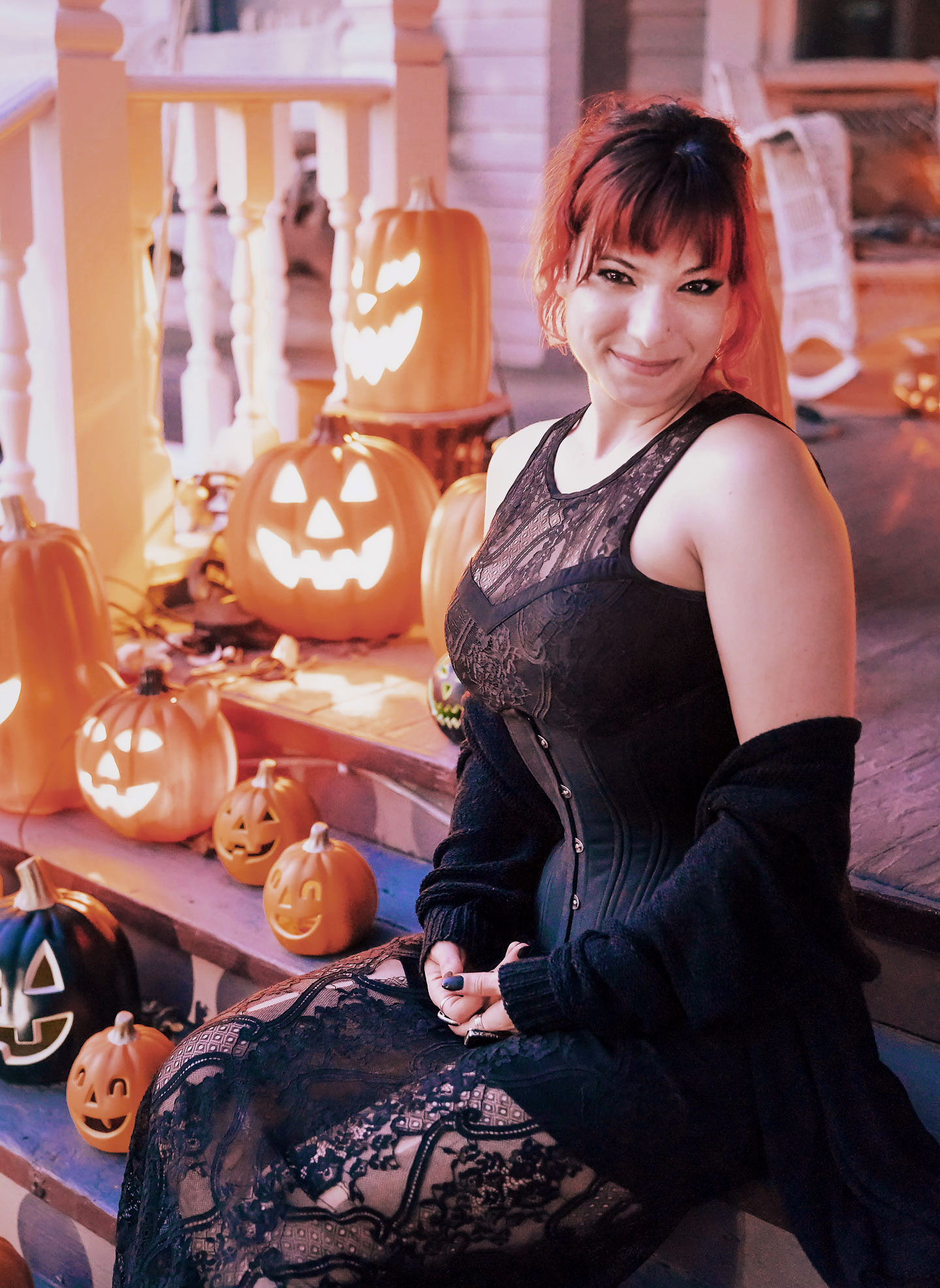
The house was built in 1898 for Colonel Henry C. Overaker and his new bride. However, it’s called the Carpenter House after its second owner, Gipson Edgar Carpenter.
“You can almost hear the walls talk about what must have gone on here,” a former owner, Pat Black, told the Plano Star-Courier in 2013.
And maybe those walls do talk. Or play music. Past owners reported hearing piano music — unexplained — while in the house. Possibly they heard echoes of Carpenter’s wife at the piano; reported she loved to play a grand piano situated in the front parlor’s bay window. She enjoyed playing in the afternoons, with the windows open, and reportedly, people passing by would stop and listen. There are also rumors of unexplained sounds of children playing and footsteps on the stairs.
The house was originally commissioned by Overaker, a prominent Plano resident whose business interests included lumber, agriculture, banking, a general store and postal service. At the time, it was set in the middle of a former cotton field, part of the colonel’s many land holdings.
It took three years to complete the house, which Overaker had built with entertaining in mind. Many of its original fixtures remain to this day, including an indoor well and hand-carved panels that accent the corners of the home’s door frames.
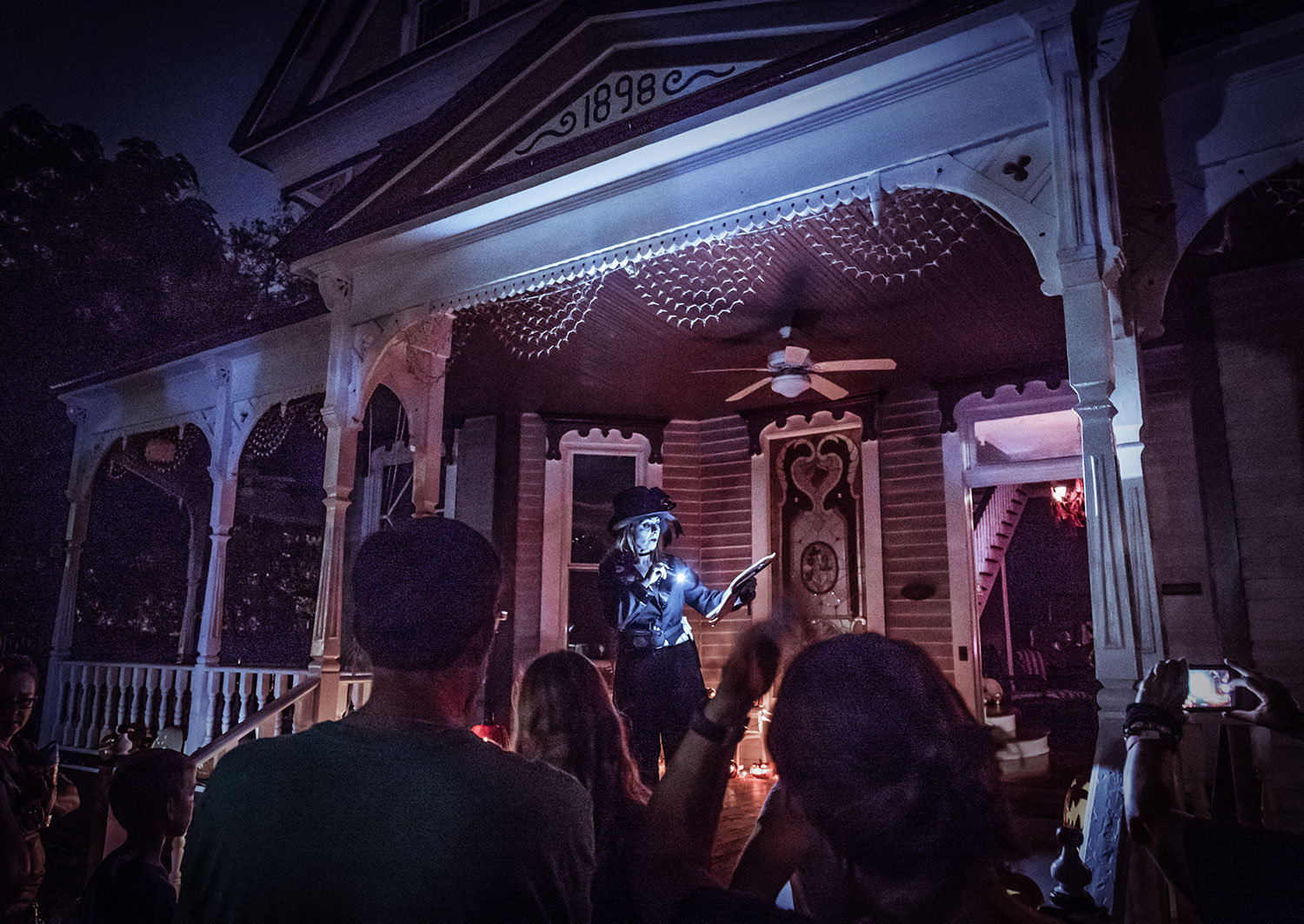
“He really spared no expense in the construction of the house,” said Pat Black.
After Overaker died in 1919, the property was purchased by Gipson Carpenter, a prominent teacher, lawyer and farmer who served as a city attorney, council member and mayor. Carpenter Middle School is named for Gipson’s father, Robert Washington Carpenter. The house stayed in the Carpenter family until the 1950s.
In 1976, Plano mayor James Edwards purchased the home. The house became a business in 1992, when the owners opened it up as a wedding venue. The Black family purchased the home in 2000 and owned it until 2013. During that time, they estimated about 4,000 guests came through the Carpenter House.
By 2012, however, the Carpenter House’s run as a wedding venue ended. Neighbors complained about noise and parking, and the city discovered that the property’s zoning didn’t allow this type of operation. Plano City Council declined to allow the owners to continue to host weddings and other events.
Now a private home, the Carpenter House is here to stay. It was designated as a Plano Heritage site in the 1980s and is one of only two examples of homes of its type in Plano. (The other, the Roller House, is around the corner on 15th Street.)
While many of Plano’s historic buildings were destroyed in fires in the late 19th century, the Carpenter House was spared. Thankfully, it continues to grace the Downtown Plano area, a lovely example of an upscale turn-of-the-century house and perhaps, a home to a few ghostly inhabitants.
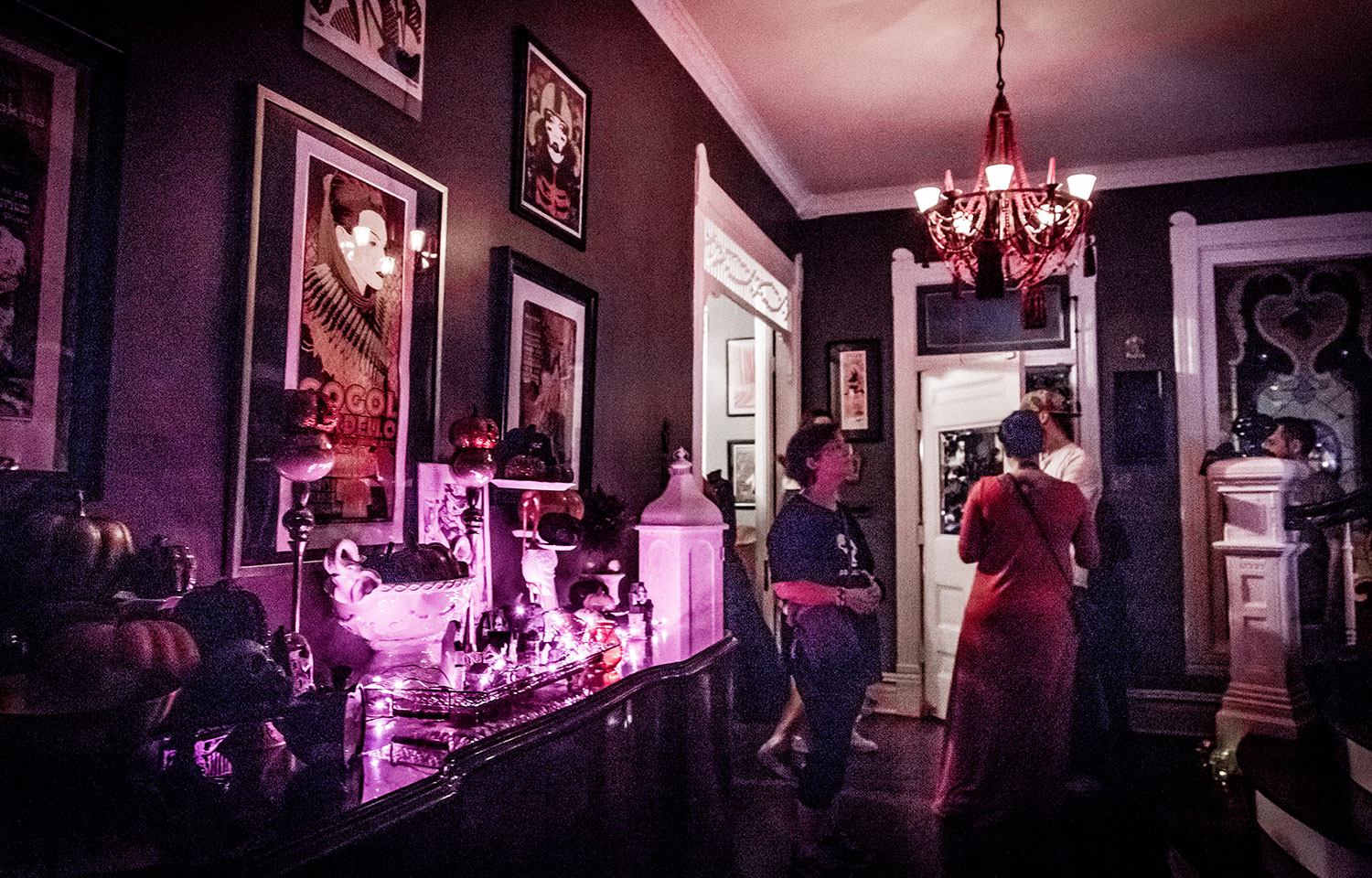
Get a glimpse inside of the Carpenter House at Apparition Expedition, the ghost tour of Downtown Plano, Friday and Saturday, October 12-13. Tickets go on sale September 13 at noon.
Apparition Expedition Tickets >
This story is excerpted from “Haunted Plano, Texas” (2018, The History Press). The author will be signing copies of the book at Apparition Expedition. All proceeds from sale of the book benefit the Plano Conservancy for Historic Preservation.
Haunted Plano > [codepeople-post-map]
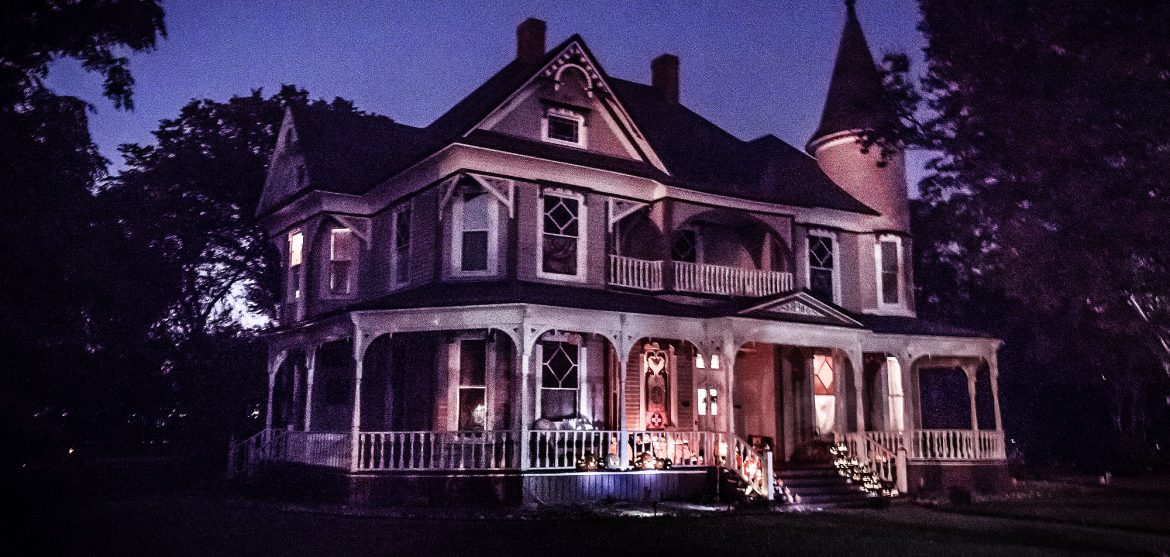
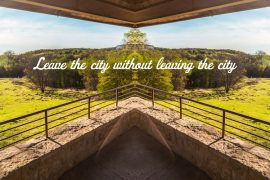
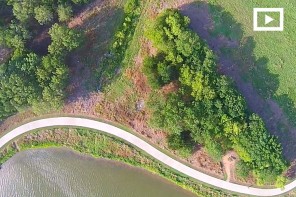

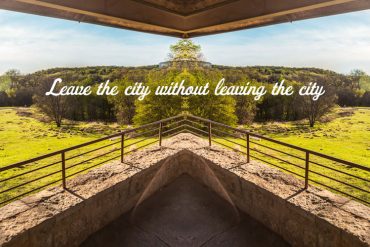
This is a great experience for an 84 year old former Planonian.
My parents bought 811 16th St. in 1944. When it was built, it was at 214 College (across from the old college which was
where the building named for Shorty Cox at 16th and H Sts. is now. That building was built when my dad, Chester (Pud) Plumlee first came to Plano at the invitation to E.A. Sigler, the principal and coach, to play a post-graduate year at Plano School. Pud had graduated at Celina High School and was an orphan living with his sister, Ethel Plumlee. But he couldn’t afford to go on to college. Coach Sigler told him that if he’d come to Plano in about 1935 and play football, Sigler would make sure he got a scholarship to North Texas State Teachers’ College the next year. He did and his Plano friends loved him that year. He then went to Denton, played football, met my mother Doris, and lived with her to be 90 in 1996. In the early 1940’s, we were living in University Park, but he thought I needed to live in a real community and bought 811 16th St. for about $5,000.